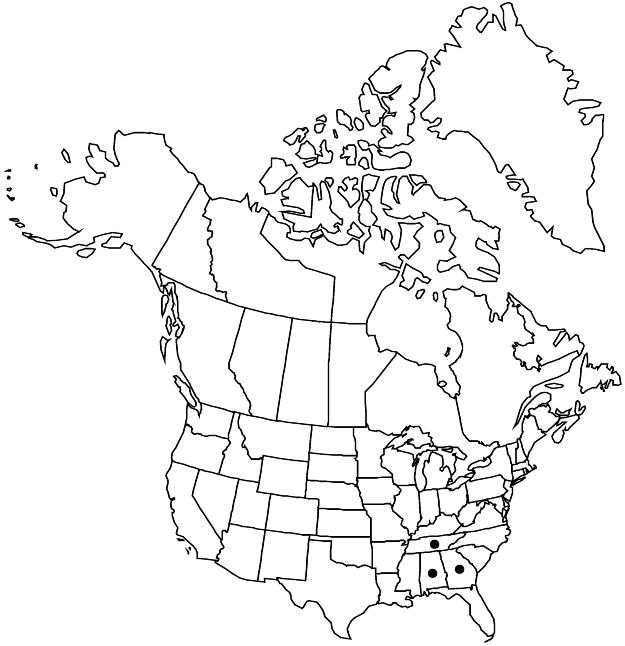Difference between revisions of "Crataegus alleghaniensis"
Bot. Gaz. 30: 337. 1900.
FNA>Volume Importer |
imported>Volume Importer |
||
| (3 intermediate revisions by 2 users not shown) | |||
| Line 36: | Line 36: | ||
-->{{#Taxon: | -->{{#Taxon: | ||
name=Crataegus alleghaniensis | name=Crataegus alleghaniensis | ||
| − | |||
|authority=Beadle | |authority=Beadle | ||
|rank=species | |rank=species | ||
| Line 51: | Line 50: | ||
|publication year=1900 | |publication year=1900 | ||
|special status=Endemic | |special status=Endemic | ||
| − | |source xml=https:// | + | |source xml=https://bitbucket.org/aafc-mbb/fna-data-curation/src/2e0870ddd59836b60bcf96646a41e87ea5a5943a/coarse_grained_fna_xml/V9/V9_1058.xml |
|subfamily=Rosaceae subfam. Amygdaloideae | |subfamily=Rosaceae subfam. Amygdaloideae | ||
|tribe=Rosaceae tribe Gillenieae | |tribe=Rosaceae tribe Gillenieae | ||
Latest revision as of 22:53, 5 November 2020
Shrubs, 20–40(–50) dm. Stems: twigs ± flexuous, new growth reddish, glabrous, 1-year old reddish gray, older gray; thorns on twigs straight or slightly recurved, 2-years old deep chestnut brown to blackish, fine, 1.5–4 cm. Leaves: petiole length 25–30% blade, glabrous, densely sessile-glandular; blade elliptic-ovate to rhombic-ovate, (2–)3–5 cm, widest towards base, thin, base broadly cuneate, lobes 3 per side, sinuses short to moderately deep, lobe apex acute to acuminate, margins serrulate, teeth with small glands, veins 5 per side, apex acute, abaxial surface glabrous, adaxial pilose young, soon glabrescent. Inflorescences 2–4-flowered; branches glabrous; bracteoles caducous, linear, margins glandular. Flowers 20 mm diam.; hypanthium glabrous; sepals narrowly triangular, 5 mm, margins glandular-serrate, abaxially glabrous; stamens 10, anthers pink; styles 4. Pomes red, orbicular-pyriform, 8–12 mm diam., glabrous; sepals spreading; pyrenes 2–5.
Phenology: Flowering Apr; fruiting Sep–Oct.
Habitat: Rocky hills, brush
Elevation: 50–200 m
Distribution

Ala., Ga., Tenn.
Discussion
Crataegus alleghaniensis is known from a few locations in northeastern Alabama, Georgia, and Tennessee, and is apparently scarce.
Selected References
None.